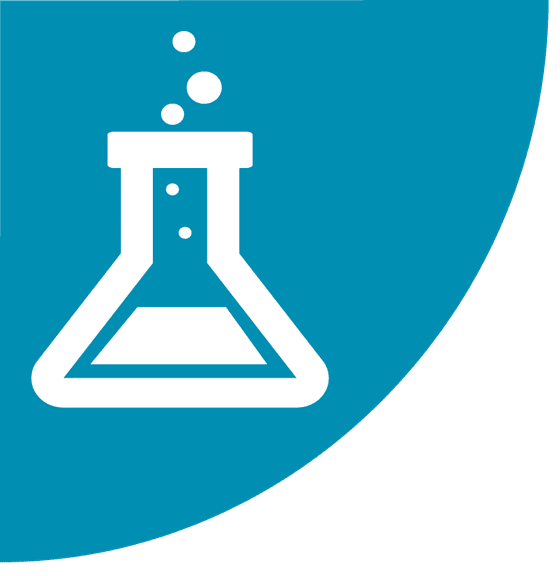NEWSWATCH
CHEMICAL AND MATERIAL HAZARDS

NIOSH to Reevaluate Proposed IDLH Value for Peracetic Acid
Through a request for information (RFI) published in March, NIOSH is seeking data and information to help the agency characterize and assess the health risk of occupational exposures to peracetic acid, which is also known as peroxyacetic acid or PAA. Peracetic acid is a highly reactive, unstable, and volatile peroxide-based molecule for which there is currently no NIOSH recommended exposure limit (REL) or OSHA permissible exposure limit (PEL). Peracetic acid is sold in stabilized solutions containing acetic acid, hydrogen peroxide, and water. Established exposure limit values for peracetic acid include an ACGIH threshold limit value–short-term exposure limit (TLV-STEL) of 0.4 ppm (1.24 mg/m3) and acute exposure guideline level (AEGL) values published by the National Advisory Committee for AEGLs for Hazardous Substances.
In 2015, NIOSH published a draft immediately dangerous to life or health (IDLH) value for peracetic acid of 0.64 ppm (1.7 mg/m3). The agency received public comments stating that the proposed value is overprotective and that the data available for peracetic acid are of low quality. Commenters further highlighted issues related to the sampling and analysis of air samples for peracetic acid in the workplace. The comments spurred NIOSH to reevaluate the proposed IDLH value and to further evaluate the scientific and technical data on occupational exposures to peracetic acid.
“Research efforts are needed to characterize the acute and chronic health effects of occupational exposures to peracetic acid,” NIOSH stated in its RFI. “These efforts include epidemiological and field studies designed to assess workplace exposures to peracetic acid … quantitative risk assessment(s) intended to characterize the increased risks associated with workplace exposures to peracetic acid, [and the] development of analytical methods to accurately collect and analyze air samples of peracetic acid under various conditions.”
According to the National Academies of Science, peracetic acid is a strong sensory irritant and is considered more potent than acetic acid or hydrogen peroxide.
Peracetic acid is used in numerous applications, including chemical disinfectant in healthcare, sanitizer in the food industry, and disinfectant during water treatment. It is also used as a bleaching agent and in the synthesis of other chemicals, and has previously been used during the manufacture of chemical intermediates for pharmaceuticals. Acute exposure to peracetic acid can severely irritate the eyes, skin, and respiratory system. According to the National Academies of Science, peracetic acid is a strong sensory irritant and is considered more potent than acetic acid or hydrogen peroxide.
NIOSH requests information on and comments related to workplace exposure data for peracetic acid, possible health effects observed in workers exposed to peracetic acid, and workplaces and products in which peracetic acid may be found. NIOSH also seeks descriptions of work tasks and scenarios with potential for exposure to peracetic acid, and reports and findings from
in vitro
and in vivo
toxicity studies with peracetic acid. Commenters are encouraged to provide information on sampling and analytical methods for peracetic acid and on control measures being used to protect workers from exposure to peracetic acid, including engineering controls, work practices, and PPE.
The comment period ends on June 5, 2017. More information is available in the
Federal Register
.
The article "
Versatile and Vexing
" in the December 2016 issue of The Synergist
discusses the many uses and hazards of peracetic acid.
